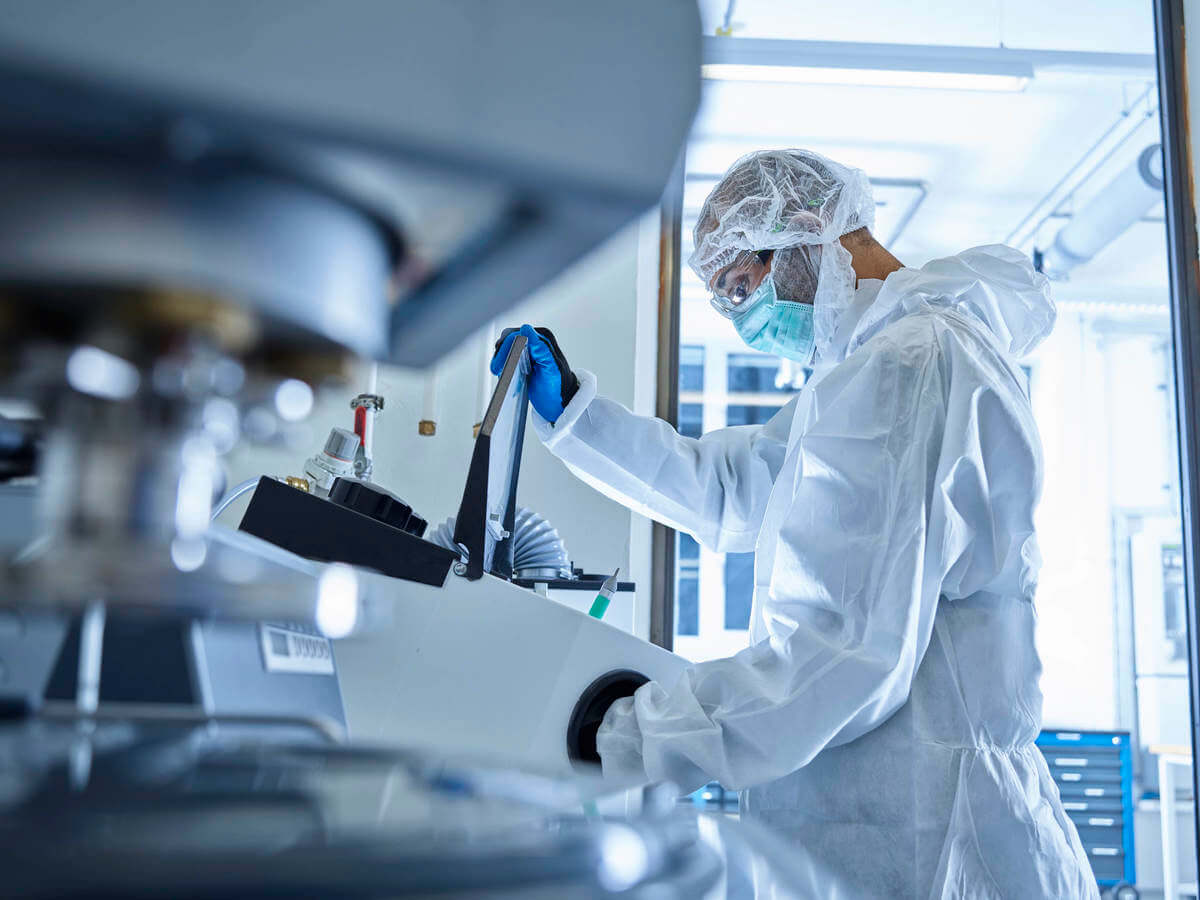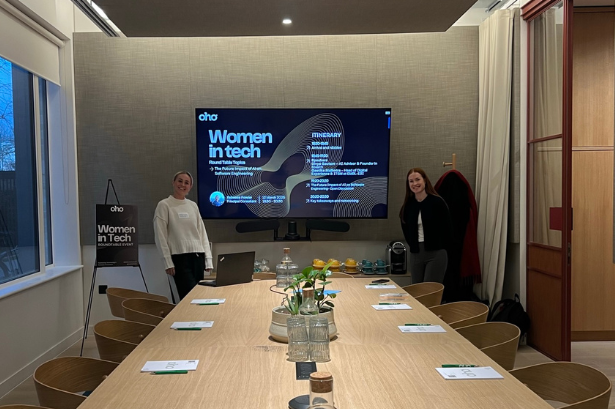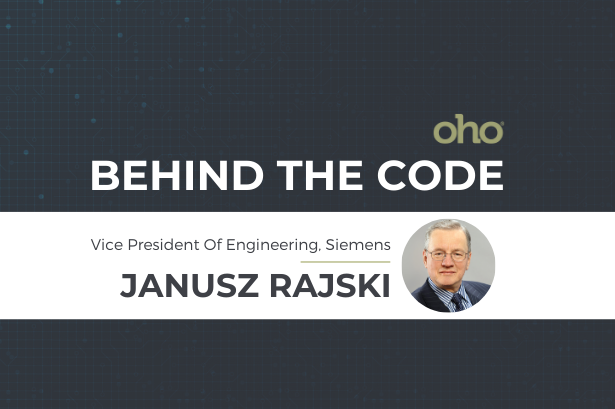Why has the hype around room-temperature superconductors cooled?
30 Aug, 20235 mins
There was, briefly, a simmering of excitement from the physics community at the end of July as a team of scientists from South Korea claimed to have isolated a substance (LK-99) which is superconductive at room temperature.
What is a superconductor?
A superconductor is a material that exhibits zero electrical resistance; in other words, electrical current can flow through it without any loss of energy. This unique property arises from the formation of Cooper pairs; bonds between electrons in the metal which prevent them from providing resistance. Superconductors also repel magnetic fields, a property known as the Meissner effect.
Superconductors find applications in various fields, including medical imaging (MRI), energy transmission, and the development of highly sensitive detectors. However, Cooper pairs only form at extremely low temperatures; above approximately 4.2° Kelvin (4.2℃ above absolute zero), the bonds between the Cooper pairs break down, allowing the electrons to provide resistance again. This restricts superconductors’ widespread usage and commercial viability.
If these constraints didn’t exist, however, the implications are profound. A substance that exhibited superconductivity at room temperature could enable cheaper MRI machines that don’t require cooling, or more powerful quantum computers. It could bring energy prices down; the US Department of Energy estimates that 5% of the country’s energy is lost through the inefficiency of currently available conducting materials.
What is LK-99?
LK-99 is a form of lead-apatite discovered by three scientists — Sukbae Lee, Ji-Hoon Kim, Young-Wan Kwon — based in the Quantum Energy Research Centre in South Korea. The team said, in a pre-print paper, that they had “succeeded in synthesising the room-temperature superconductor” in producing the material; the first of its kind in the world.
LK-99 is made, according to the paper, by substituting a tiny amount of the lead in the compound lead apatite for copper. The team stated that their discovery “opens a new era for humankind”.
This eye-catching claim quickly caught the world’s attention. Social media influencers began live streaming attempts to replicate Lee, Kim and Kwon’s discovery, watched on by audiences of tens of thousands. Some of the world’s best-known tech entrepreneurs and investors joined in the hype.
However, despite scientists the world over attempting to replicate the experiment’s findings, the sparkle around LK-99 soon began to wear off.
Why is LK-99 not a superconductor at room temperature?
A string of attempts, from institutions including India’s CSIR National Physical Laboratory and the Beijing National Laboratory for Condensed Matter Physics, found that while LK-99 exhibits elements of the properties of a superconductor, it doesn’t make the cut on the whole.
In fact, TechCrunch reports that “pure samples of the substance show that it is an insulator — the opposite of a superconductor”. The Max Planck Institute for Solid State Research published a paper that attributes some of the appearance of superconductivity to already understood properties of the copper that is added to the material during the process of producing LK-99.
While many scientists have praised some of the interesting magnetic qualities that LK-99 exhibits and the general interest in materials science the paper has provoked, others are more critical.
The South Korean team “come off as real amateurs” according to Michael Norman of Argonne National Laboratory. Other scientists have criticised some of the data handling in the paper, which hasn’t been peer-reviewed.
Might we still find a room-temperature superconductor?
There doesn’t seem to be any hard and fast law of physics that rules out the possibility of a room-temperature superconductor. On paper at least, this is a different question from something like super-light speed travel, which the Theory of Relativity proves impossible.
In fact, one tangible benefit that the Quantum Energy Research Centre’s paper may have prompted is a significant upsurge in interest in the topic. Scientists, especially younger ones, have been inspired to increase efforts to discover this alchemic substance. Perhaps, one day, a room-temperature superconductor could become a reality.
For now, though, the quest for the “Holy Grail” of materials science goes on.
Oho Group partners with the world’s greatest innovators across technology, from software to semiconductors. To find the innovator with the alchemic properties your business needs, speak to us today.



